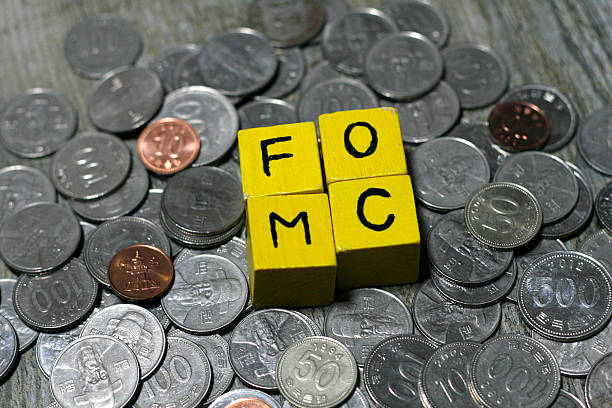The FOMC minutes for the March meeting revealed that members turned more optimistic over the economic outlook. They were more hopeful of continuous improvement in light of the “significant declines in the number of new [coronavirus] cases, hospitalizations, and deaths over the intermeeting period as well as a pickup in the pace of vaccinations”. The members reiterated that the monetary policy outlook is outcome-based and asset purchases should continue until “substantial further progress’ is seen on inflation and the job market.
The members sounded upbeat about the economic developments. Indeed, the “considerably stronger” projections published in March, compared with the January’s had reflected the optimism. The Fed indicated that the improvement at the beginning of the year was reflection of “both a faster-than-anticipated easing in social distancing and a more rapid response by households to the fiscal support package enacted in late December”. Following a strong expansion this year (+6.5%), the GDP growth would “step down” in 2022 and 2023. Yet, these should still “outpace” potential over this period. The staff anticipated the unemployment rate to fall to “historically low” levels.
While inflation could rise above +2% in the near-term, the staff projected that it would “run a bit below +2% next year” and then “reach +2% by 2023”. Meanwhile, “most participants” and the staff viewed the risks to the inflation outlook as “balanced,” and the staff noted that “the risks of upside inflationary pressures” have increased since their previous forecast. Several participants remarked that “supply disruptions and strong demand” could raise inflation more than anticipated, while others noted that “the factors that had contributed to low inflation during the previous expansion could again exert more downward pressure on inflation than expected”.
In March, the Fed left all monetary policy measures unchanged. The size of asset purchases stays at US$120B per month and the Fed funds rate at 0-0.25%. On the policy outlook, the Fed noted that the QE program was “providing substantial support to the economy”. The members suggested that “asset purchases would continue at least at the current pace” until “substantial further progress toward the Committee’s maximum-employment and price-stability goals would be realized”. An advantage of the outcome-based guidance is that the monetary policy does not need to be “recalibrated often”.
